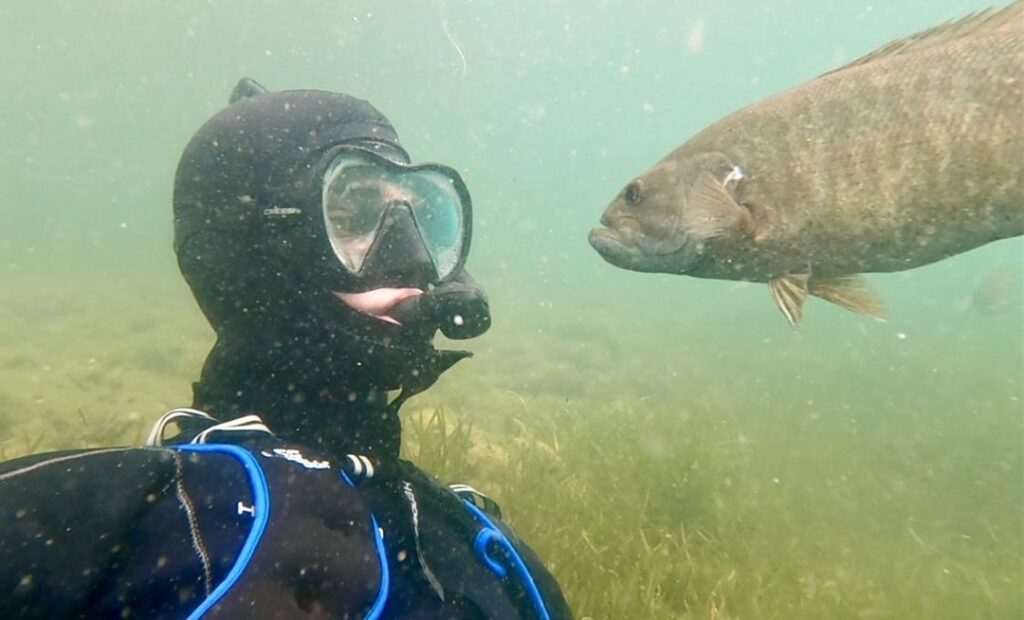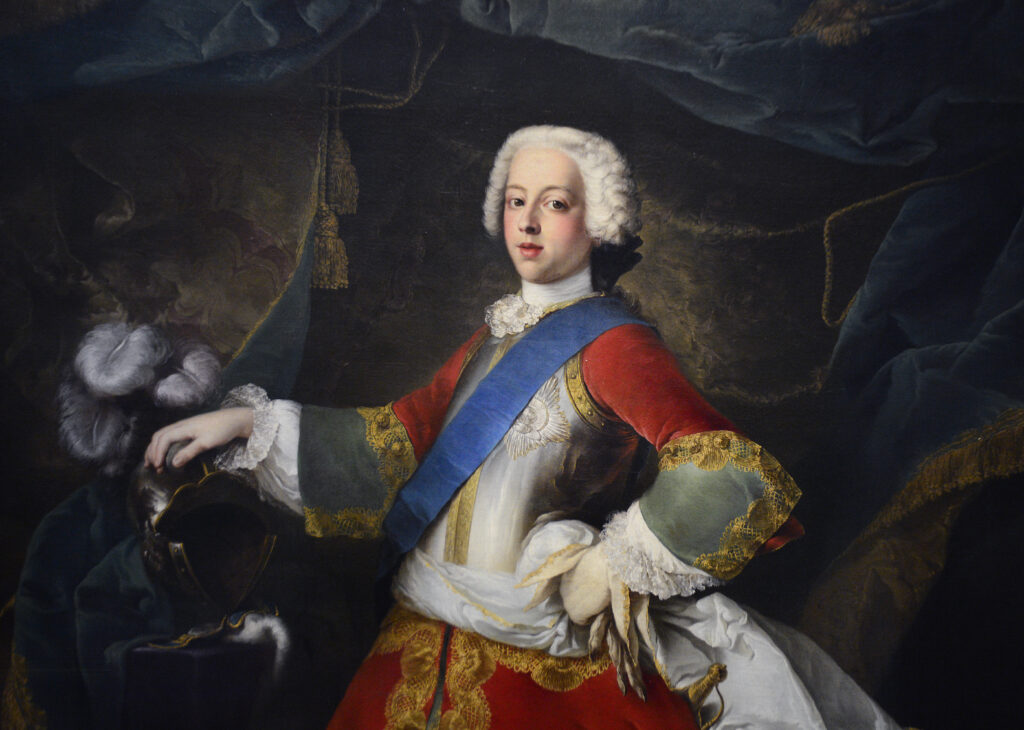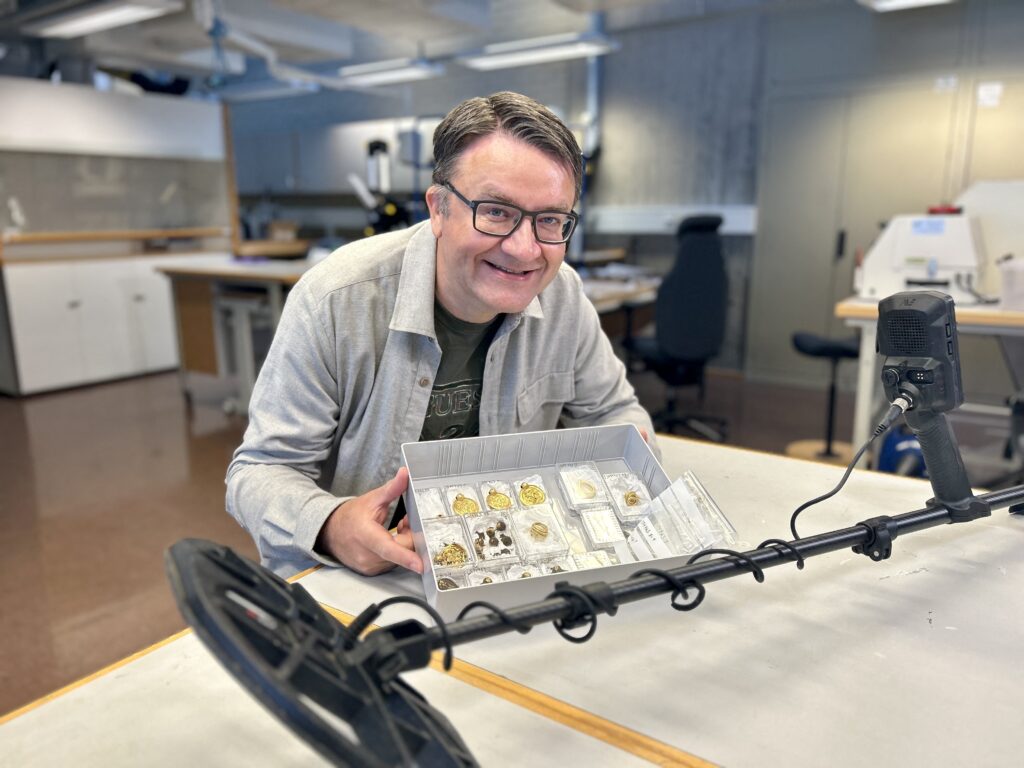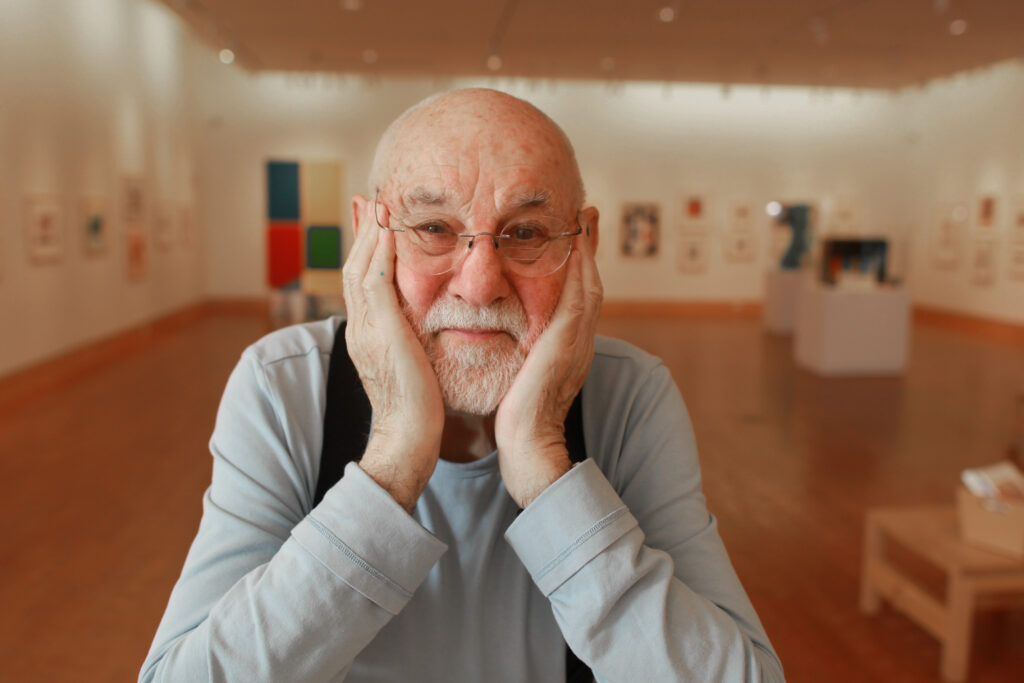All About Fat Bear Week 2023: How to Vote for Your Favorite Chunky Contenders
Update (10/4/23): The 2023 competition is underway — cast your vote here. Alaska’s Katmai National Park and Preserve is home to some of the biggest bears on the planet, and it’s just about time to decide which one is the heavyweight champion of the year. Launched in 2014, Fat Bear Week 2023 takes place October […]
All About Fat Bear Week 2023: How to Vote for Your Favorite Chunky Contenders Continue Reading »









